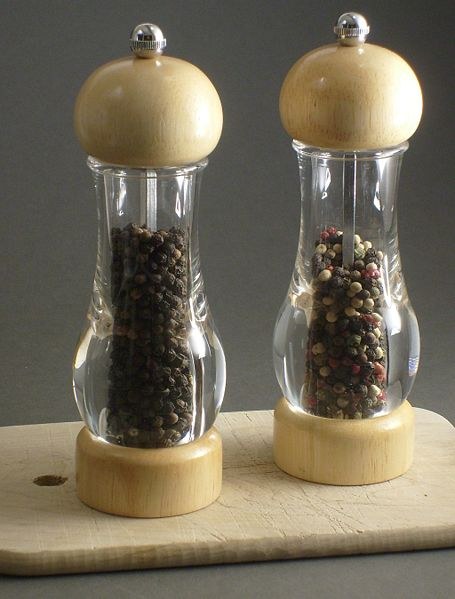Instruction
1
Mechanical matting Plexiglas can be done with sandpaper. It should be fine. Take a relatively large piece of paper like this (it needs to be more hands). Clamp the sheet to the plexiglass and move on the surface of the latter engage through the protective glove. Not to be tired periodically change hands. Stop processing after reaching a plexiglassm the required degree of opacity.
2
If desired, make frosting Plexiglas in the same way and on the reverse side. Remember, however, that a smooth surface is easier to clean. Therefore it is better to do matte only one side of the sheet - one that will be facing the inside of the product.
3
Chemical frosting is a much more dangerous process, which, however, requires physical strength. It is only suitable for small plates of Plexiglas that fit entirely into the cell. The latter should be acid resistant. Perform the process outdoors. Put the leaf in the cuvette, then pour the formic acid. Hold the sheet in the vessel about half an hour, occasionally stirring lightly with a metal stick (do not lean over the vessel so as not to inhale the vapors), then remove, rinse thoroughly with running warm water and dry. At all stages of the process make sure you use goggles, a dust mask, tweezers and protective gloves.
4
Quickly and safely to frost the plexiglass can, covering it from the side that will be facing the inside of the product, a thin layer of white paint.
5
Do not use matting with special pastes, as well as the blasting. All of these tools are designed to make the opaque ordinary glass, not plexiglass.
6
Install the resulting sheet of frosted plexiglass in the product, in which it will be used. Verify that the optical characteristics meet the required. If the plexiglass was not enough matte, clear sheet and continue with his matting.
Note
Contact extreme caution with any chemical reagents.
